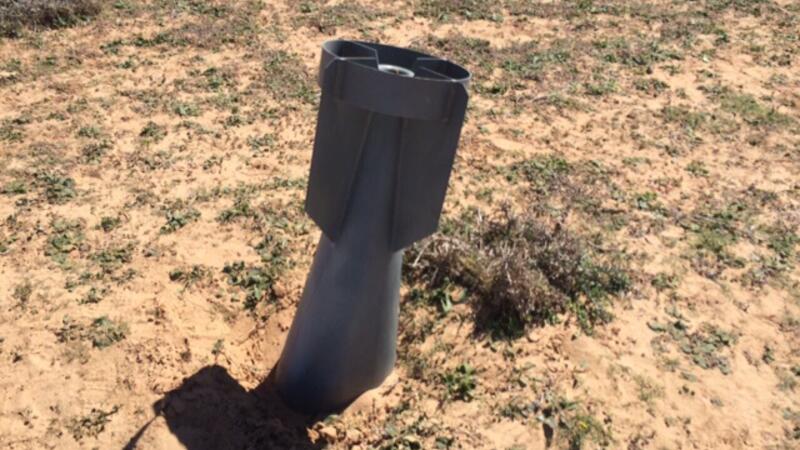There is credible evidence of the use of banned cluster bombs in at least two locations in Libya since December 2014. The U.S. has not commented on the reported cluster bomb use in recent air strikes.
The Cluster Munition Coalition U.S. supports the international call for an end to the cluster bomb use in Libya and for Libya to accede to the 2008 Convention on Cluster Munitions.
According to Human Rights Watch, The New York Times, and others, remnants of RBK-250 PTAB 2.5M cluster bombs were found at Bin Jawad in February 2015 and at Sirte in March. The good condition of the paint on the bomb casings and lack of extensive weathering indicated that the remnants had not been exposed to the environment for long and were from a recent attack.
The Libyan air force of the internationally-recognised government has acknowledged that it carried out air raids on the two locations but denied the use of cluster bombs.
During the 2011 conflict, government forces loyal to Muammar Gaddafi used three different types of cluster munitions at various locations. In April 2011, then-U.S. Secretary of State Hillary Clinton described reports of Libyan government cluster munition use as “worrying.”
There is no evidence of cluster munition use in Libya by countries involved in the NATO military action in 2011 and NATO formally confirmed its forces did not use cluster munitions in Libya. However, according to Human Rights Watch and others, NATO airstrikes in 2011 on ammunition storage facilities created hazards when munitions stored by Libya, including cluster munitions, were ejected into the surrounding environment.
